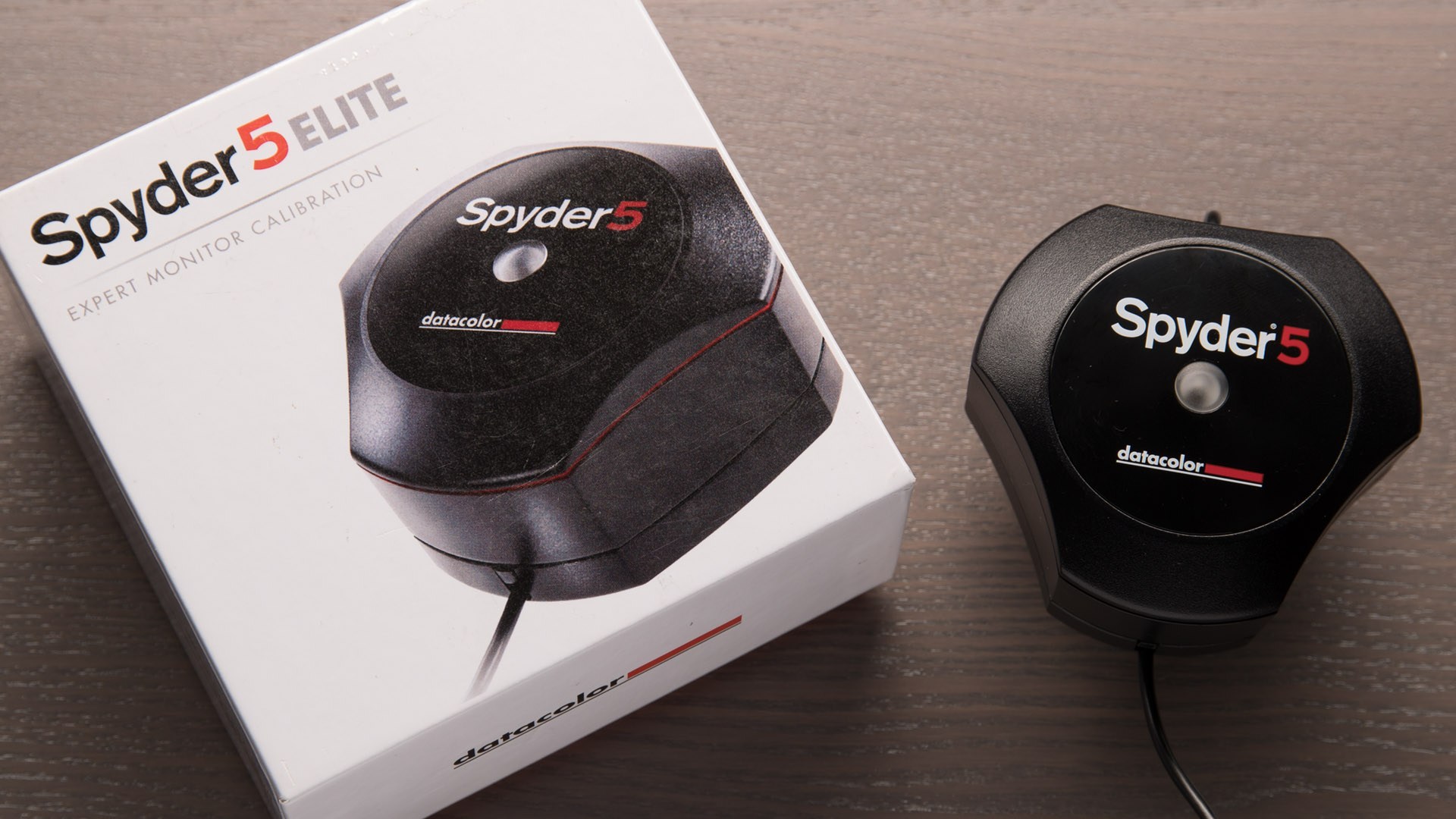
You can end the process there if you choose to do so.
#SPYDER 4 ELITE RED BY DATACOLOR SOFTWARE#
The software then reads that data and creates a new monitor profile to employ the most accurate settings. You choose your settings and then the screen shows a variety of colors in sequence while the Spyder takes readings.

You take off the cap, which then acts as a counterweight, and put the Spyder module on your screen.
#SPYDER 4 ELITE RED BY DATACOLOR PRO#
The Pro and the Elite models give you more options as you go through the process, so they may take a little longer than the Express version, which is broken down into a simple four-step wizard. Regardless of which model you choose, the initial setup and calibration took less than 10 minutes from the time I downloaded the software until I was clicking finish. For our test, we were using the Elite model, but which one you pick really depends on your needs and the differences lie almost entirely in the software. There are three different versions of the Spyder 5: Express, Pro, and Elite. The device itself is a little smaller than a hockey puck with a 7-filter color sensor inside that physically measures the color output of your computer monitor. But, Datacolor’s new Spyder 5 monitor calibration tool attempts to make the whole process quick and simple, while showing you exactly what kind of difference it makes. Buying a monitor calibration system isn’t cheap and, quite frankly, it’s not as exciting as a shiny new lens or another piece of gear.

Considering the amount of time we spend staring at our screens, trying to get our images just right, it seems crazy how many photography enthusiasts are using uncalibrated monitors.


 0 kommentar(er)
0 kommentar(er)
